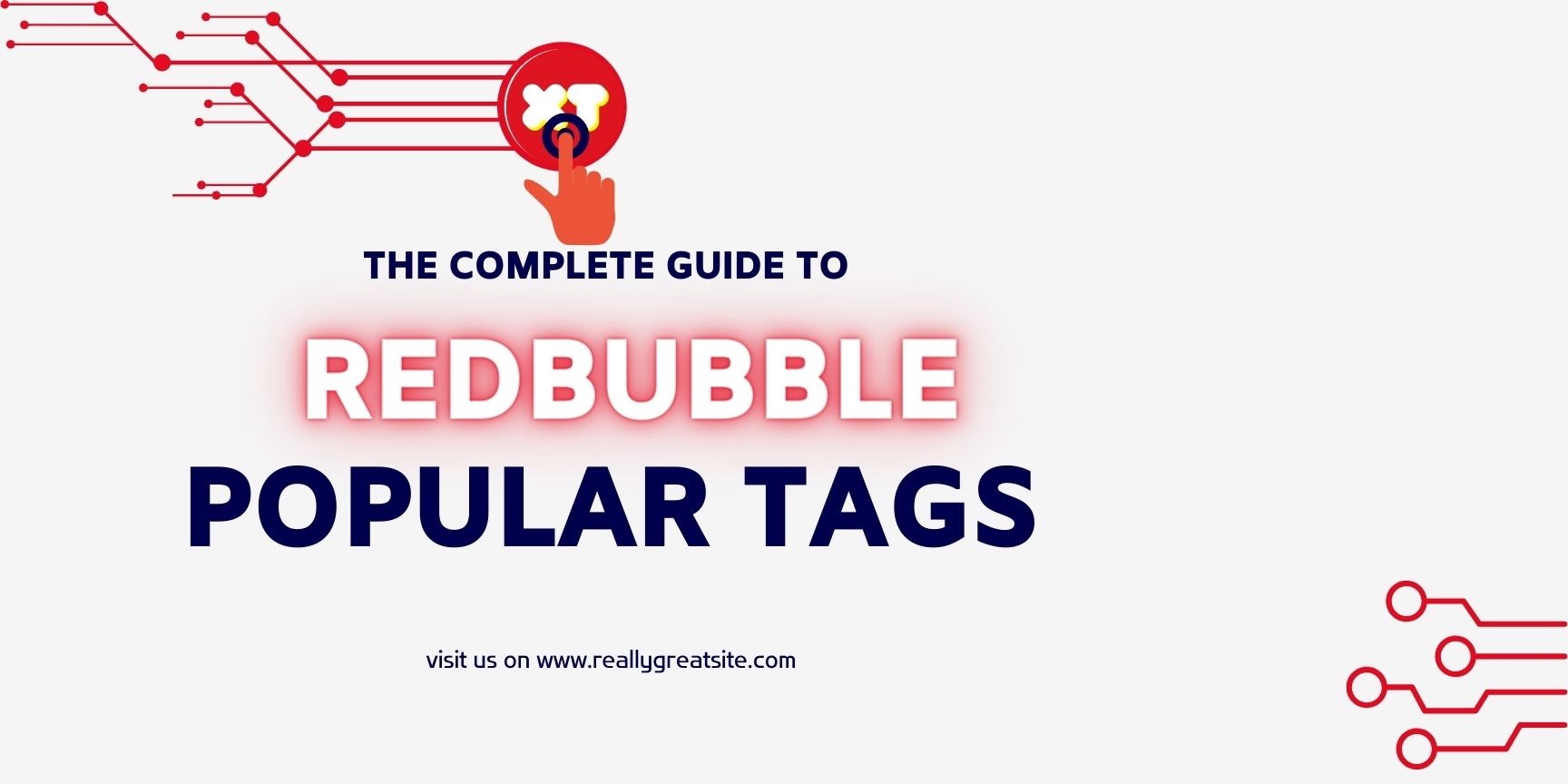In the dynamic world of online art marketplaces, Redbubble stands as a beacon for artists looking to share their creativity with a global audience. The platform’s user-friendly interface and expansive reach make it an ideal space for artists to turn their passion into profit. However, in the vast sea of digital content, standing out is not just an option; it’s a necessity. This is where the importance of understanding and utilizing popular tags on Redbubble comes into play.
Artists on Redbubble are well aware that creating stunning artwork is only the first step. To truly harness the platform’s potential, one must navigate the intricacies of tagging effectively. This complete guide aims to unravel the mysteries surrounding Redbubble’s popular tags in 2024, providing artists with actionable insights to boost their visibility and sales.
Join us on this journey through the art of tagging as we explore the nuances of selecting the right keywords, understanding the algorithm updates, and staying ahead with the top trending tags. Whether you’re a seasoned artist or just starting, this guide is designed to equip you with the knowledge needed to make your mark on Redbubble’s vibrant marketplace. Let’s dive in and discover the secrets of Redbubble’s popular tags that can elevate your artistic journey to new heights.
What is a Popular Tag Generator?
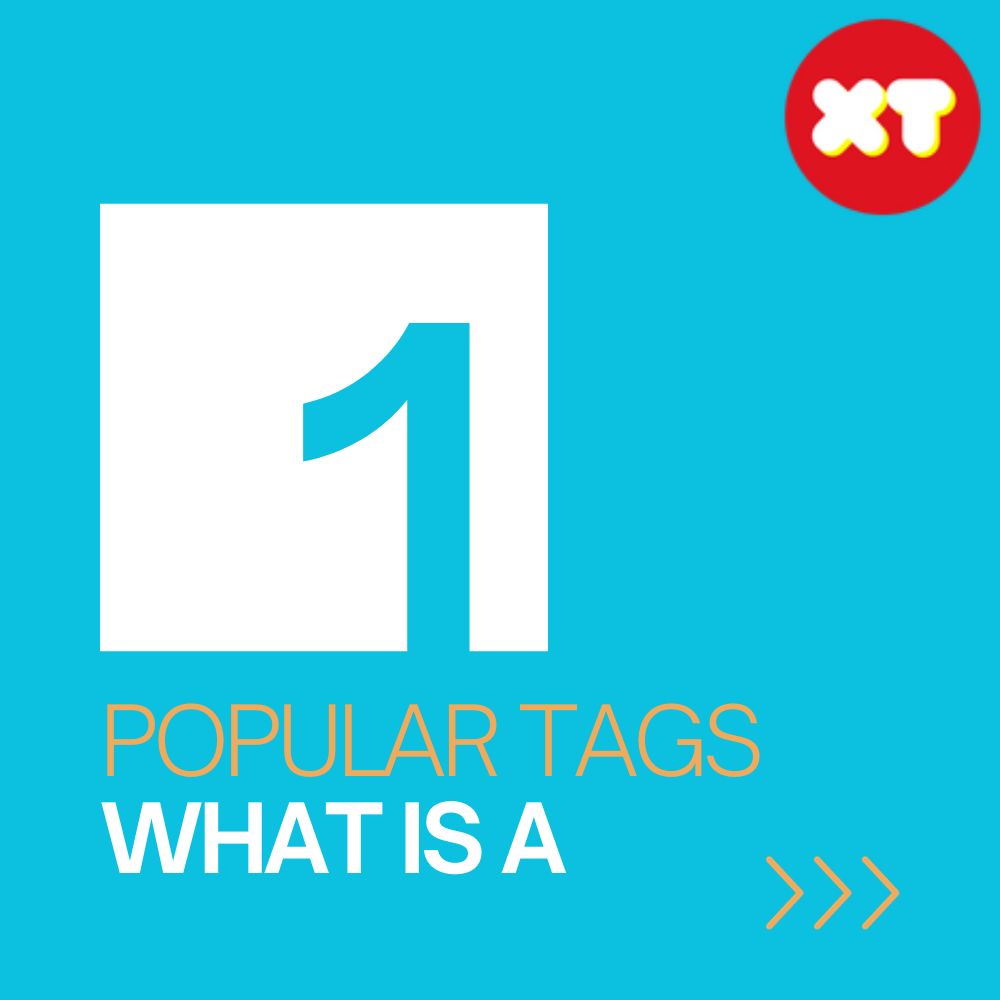
Popular Tag generators are a tool from Xtag.tech that helps you create a T-shirt design with pre-determined popular tags. It is one of the most used tools for creating designs for T-shirts, sweatshirts, and other soft products.
As technology evolves and social media platforms grow in popularity, people are spending more time sharing opinions on the internet. People make their opinions known through their pins on social media platforms such as Twitter or Pinterest. The use of popular tag generators allows users to have their opinion heard by creating customized clothing items that have well known popular tags.
You are probably wondering what the Popular Tag generator is. It is a tool that helps you generate relevant and popular tags for artwork on Redbubble. The Popular tag generator list consists of tags that people search most often on Redbubble. All the tags in the list have been created by other users who uploaded their artwork and wanted to be able to share it with others. I’ve personally used it to find trending designs that I could create more products for on my blog!
- – #instalove – iphone cases
- – #artist – favorites
- – #instaart – prints iphone case covers
Find out which popular tags are trending now, by using this tool on redbubble.com. This tool is a great way to find images that have the words you’re looking for and will then be able to code them onto products you’re selling.
Choosing the Right Tags for Your Redbubble Products
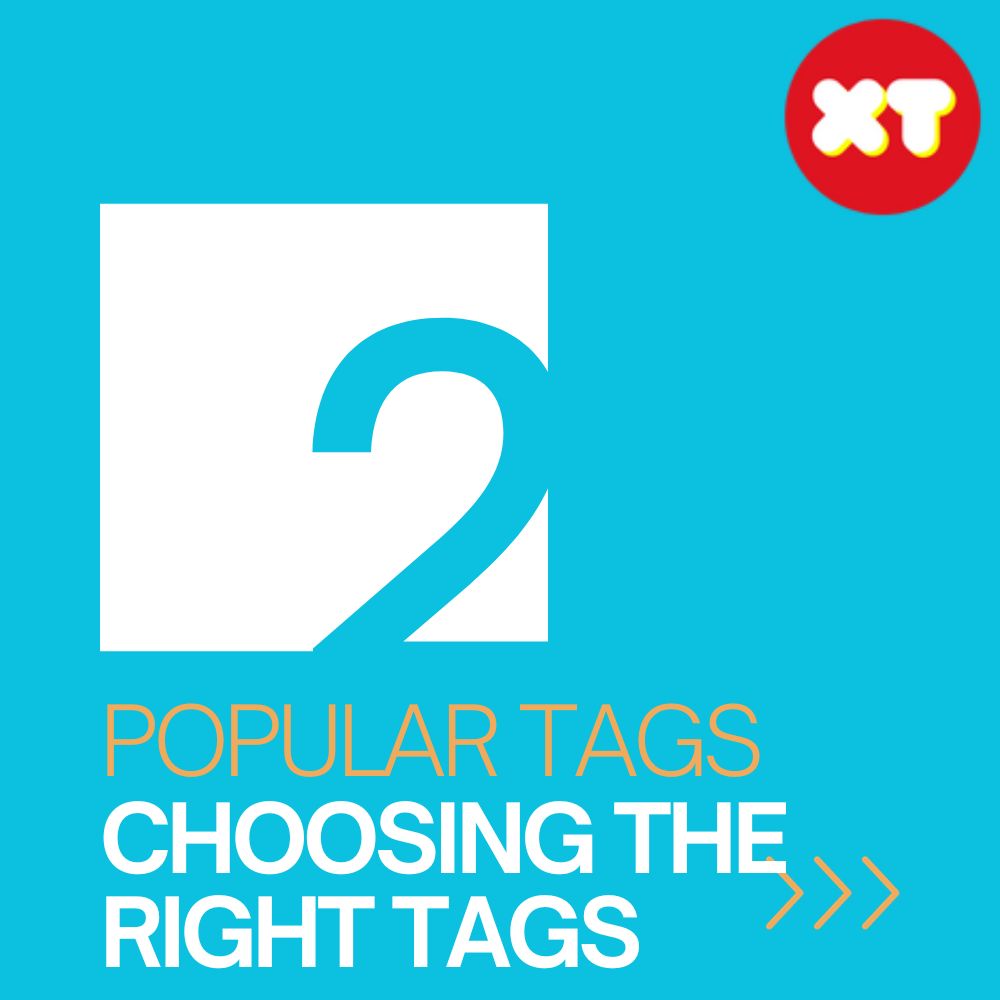
In the vast landscape of Redbubble, where millions of products vie for attention, the significance of choosing the right tags cannot be overstated. Tags act as the guiding force that directs potential customers to your artwork. Understanding how to wield this power effectively is key to enhancing the discoverability of your products.
- 1. Researching Trending Keywords in 2024: Keeping a pulse on the current trends is essential for any artist aiming to succeed on Redbubble. Invest time in researching keywords that are currently making waves in your niche. Tools like Google Trends, social media insights, and Redbubble’s own analytics can be valuable resources. By aligning your tags with what’s trending, you increase the likelihood of being discovered by users actively seeking the latest and most relevant content.
- 2. Utilizing Niche-Specific Tags: While trending tags offer visibility, niche-specific tags provide a targeted audience. Tailor your tags to the specific theme or style of your artwork. If you specialize in abstract digital art or vintage photography, incorporate tags that resonate with those niches. This not only narrows down competition but also attracts a more engaged audience interested in your particular artistic flair.
- 3. Balancing Competition and Uniqueness: Striking a balance between using popular tags and creating unique combinations is an art in itself. While popular tags can increase visibility, they also come with higher competition. Blend them with more specific, niche tags that align with your artwork’s distinctive qualities. This combination helps your products stand out among the crowd while still tapping into the broader audience associated with popular tags.
By adopting a strategic approach to tagging, you can optimize your Redbubble products for maximum visibility.
How to Create a Popular Tag on Redbubble That Will Sell Like Crazy?
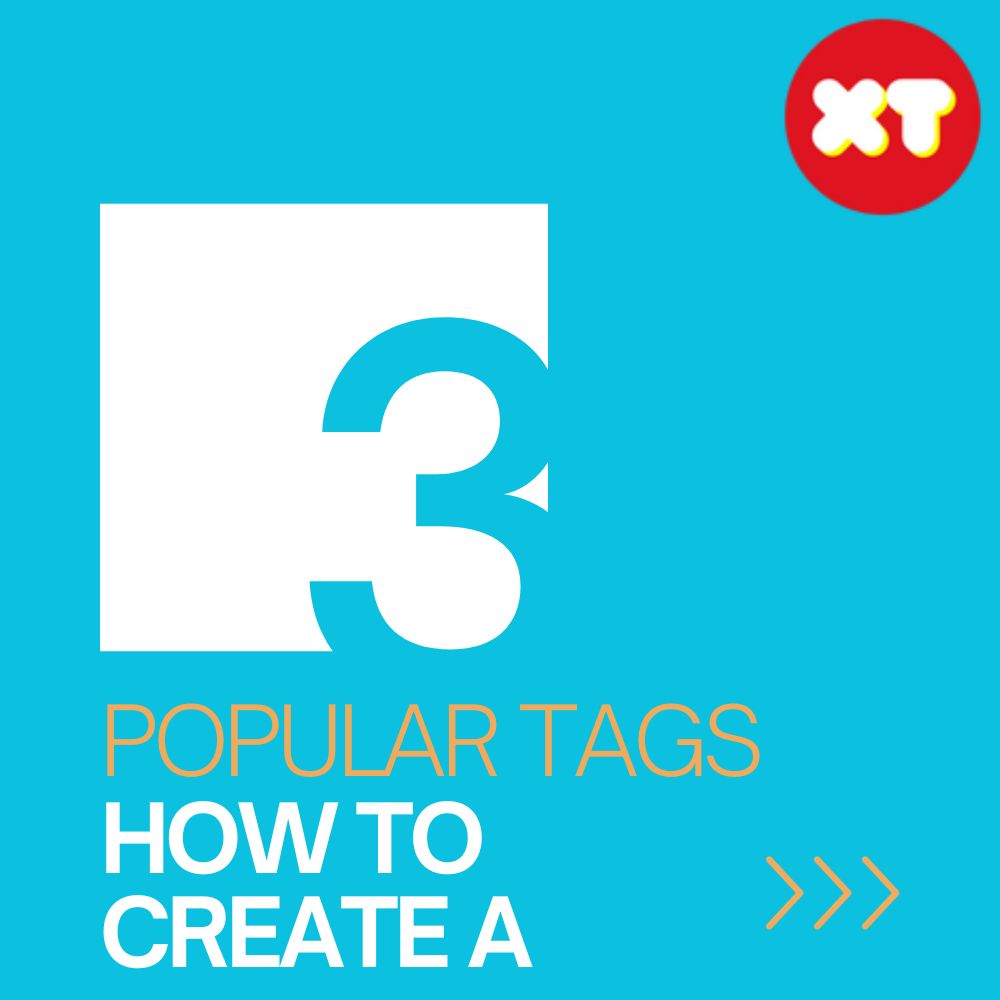
Creating a tag that not only attracts attention but also drives sales requires a strategic approach. Crafting a popular tag on Redbubble involves understanding the platform’s dynamics, user behavior, and the elements that contribute to a tag’s success. Let’s delve into the steps to create a tag that will sell like crazy:
1. Understand Your Target Audience:
- Before creating a tag, identify your target audience. Who are the potential buyers for your artwork? Understanding the demographics, interests, and preferences of your audience will guide you in crafting tags that resonate with them.
2. Blend Relevance and Creativity:
- A successful tag seamlessly blends relevance and creativity. It should accurately represent the content of your artwork while also sparking curiosity. Think about what potential buyers might search for and infuse that into a tag that stands out.
3. Leverage Long-Tail Keywords:
- Long-tail keywords are specific and detailed phrases that cater to a niche audience. Instead of generic terms, create tags that are more detailed and descriptive. For example, if your artwork features cats, consider a long-tail tag like “quirky cat illustrations” instead of a generic “cat art.”
4. Analyze Competitor Tags:
- Keep an eye on what tags successful artists in your niche are using. Analyze their tags and identify patterns. While it’s crucial to be unique, understanding the tags that resonate within your niche can provide valuable insights.
5. Stay Current with Trends:
- Trends evolve, and so should your tags. Regularly research and update your tags to align with the latest trends in the art community. This not only keeps your content relevant but also positions it in front of users actively searching for the latest and trendiest pieces.
6. Create Tags for Seasons and Events:
- Tailor your tags to match seasonal themes and upcoming events. Whether it’s holidays, cultural celebrations, or global events, creating tags that align with the current context increases the likelihood of your artwork being discovered by users searching for relevant content.
7. Test and Iterate:
- The beauty of digital platforms is the ability to test and iterate. Analyze which tags drive more views, engagement, and sales. Use this data to refine your tagging strategy over time.
8. Optimize for Search Intent:
- Consider the intent behind user searches. Anticipate what phrases potential buyers might use when looking for art similar to yours. Craft tags that align with the search intent, making your artwork more likely to appear in relevant search results.
Creating a popular tag on Redbubble involves a mix of creativity, research, and adaptability. By staying attuned to your audience, embracing trends, and refining your tagging strategy, you can increase the visibility of your artwork and maximize its potential to sell like crazy. Now, let’s explore how to seamlessly incorporate these carefully crafted tags into your Redbubble listings for optimal impact.
The Top 10 Tips & Tricks for Using Popular Tags on Redbubble includes
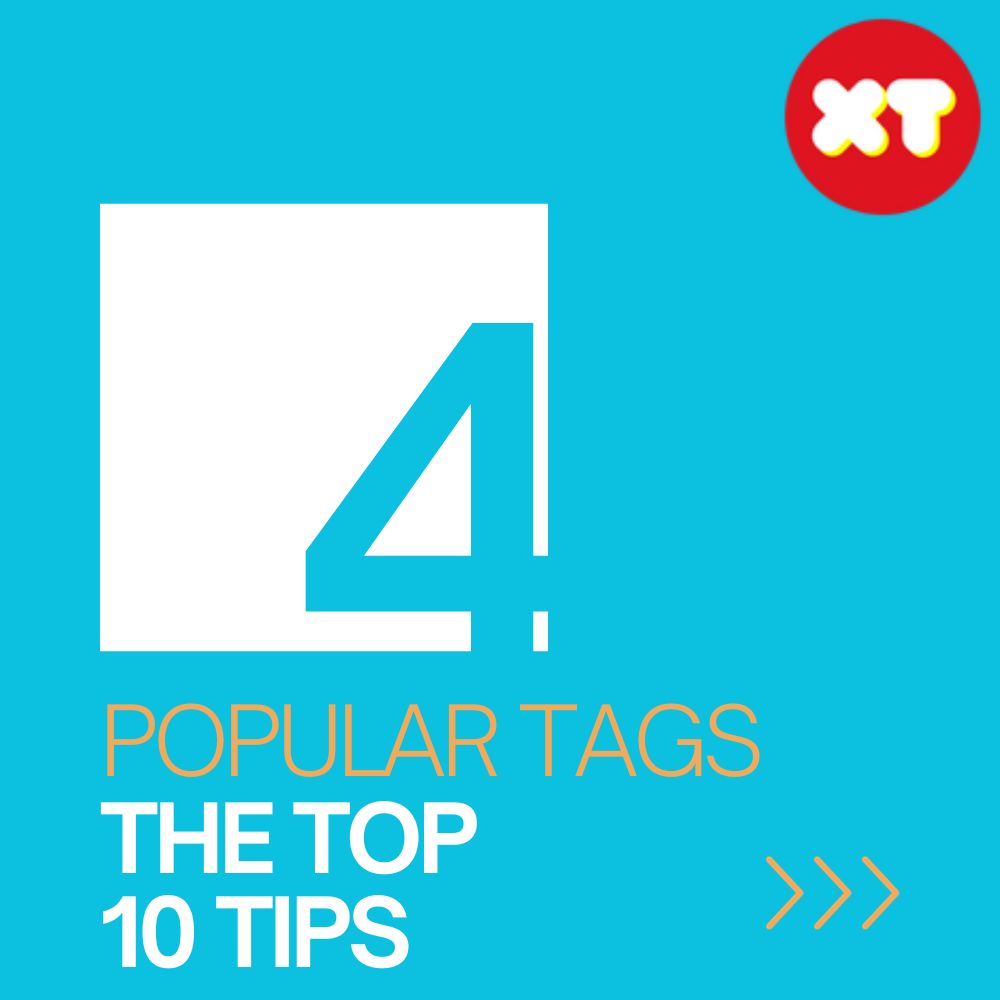
Tags are popular on the site and finding the best ones for your products can be a challenge. With these ten simple tips and tricks, you should be able to find what you need!
Customize Your Work
One of the best ways to make your products stand out is by adding a customized design. If you need help designing your own work, check out our help center for tutorials. If you have artwork that is already designed and want to use it on your products, it’s easy to change colors or fonts with just one click!
Use Popular Tags
To find great tags that will sell well, check out our trending tags on Redbubble’s website. You’ll find collections of popular graffiti, food & drink items, and more!
If you’re looking
Search Trends: In order to find out
Popular tags are a very popular way to put your product on the map. In just a few minutes, it can help increase your revenues and build up social proof.
Once you’ve decided on which tags to use for your work, you’ll need to research the best place to do so in order for these tags to be successful. The easiest way is by searching and sorting through a list of popular tags that already have high demand and low competition so they will bring more traffic.
What are Popular Tags on Redbubble?
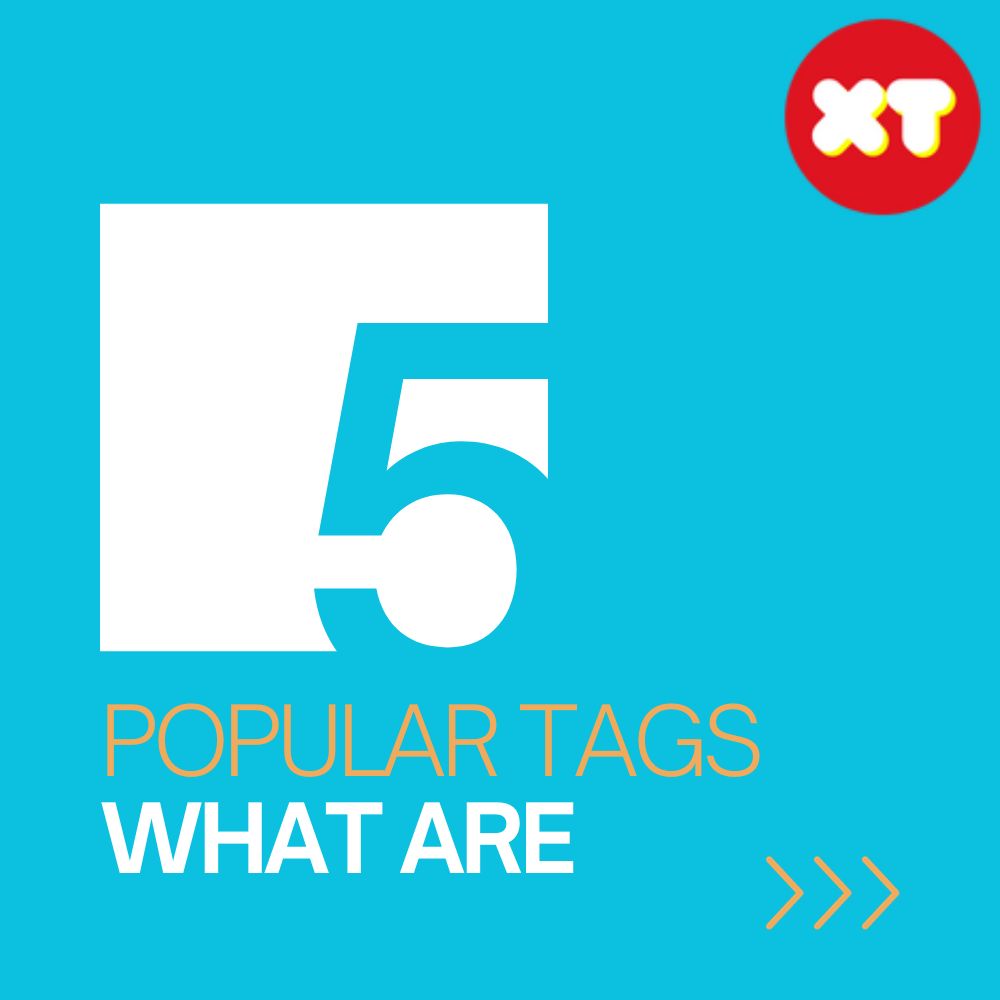
Popular tags on Redbubble are primarily used for designing t-shirts. Trending tags on the other hand are typically used to design different products like, coffee mugs and blankets. Popular tags include, “funny,” “cute,” and “cool.” There are a total of 188 popular tags on Redbubble that you can search through to find what you’re looking for. These popular tags make up roughly 78% of all searches on the site.
On the other side of things, there are a total of 86 trending tags that have been searched for over 676k times in 2019. These trending tag searches make up roughly 22% of all searches and fluctuate from month to month. Popular tags on Redbubble are often used to identify a particular design trend. They are also useful in finding the latest designs and products.
Popular Tags on Redbubble:
- – Kids
- – Animals
- – Outdoors
- – Adventure
Popular tags on Redbubble are typically those that have an abundance of designs tagged with them. They are usually trending, and they’re often used as keywords in order to boost your search ranking on the platform. This is because popular tags have a higher chance of getting noticed by more people and generating more sales. Many brands experience a surge in sales when popular tags like “vintage”, “jacket”, and “dancing” get released into the market.
How to Incorporate Tags Seamlessly into Your Redbubble Listings?
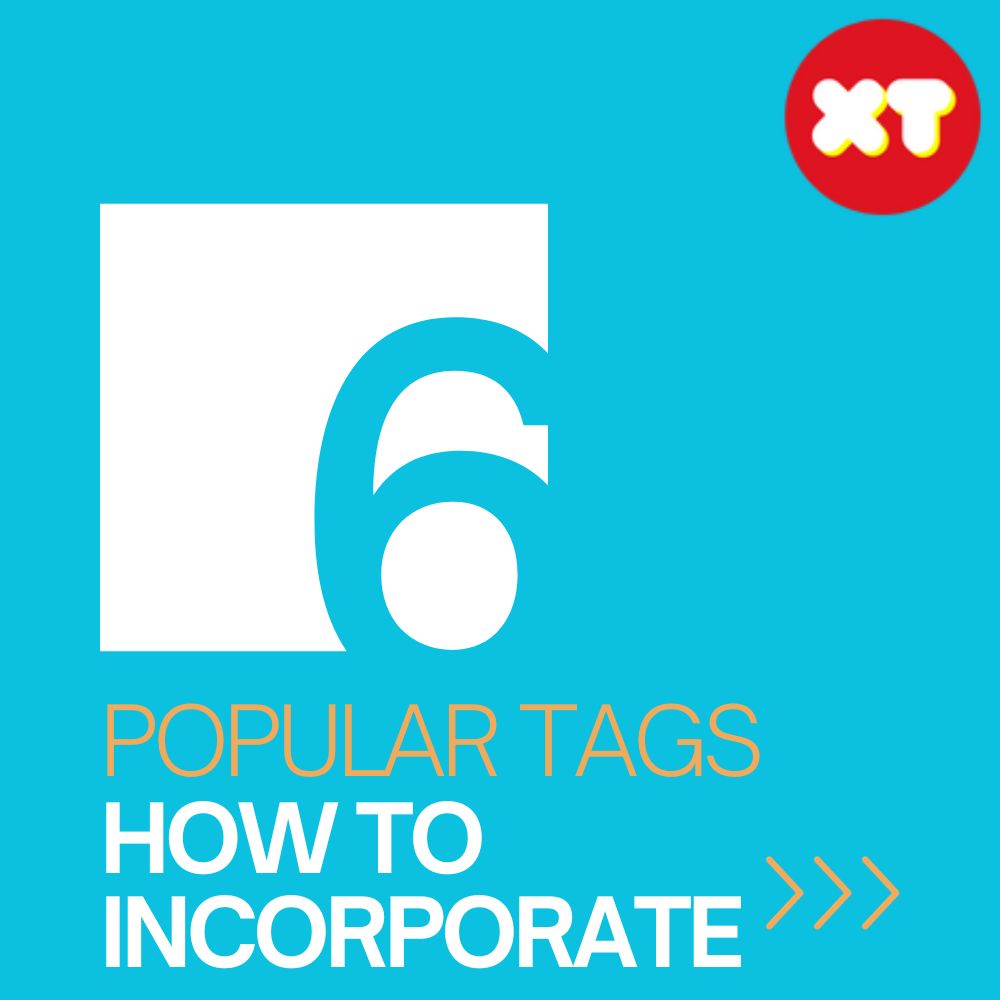
Once you’ve curated the perfect set of tags for your Redbubble products, the next crucial step is seamlessly integrating them into your listings. Effective tagging goes beyond simply adding keywords; it involves strategically placing them in your product titles and descriptions to enhance visibility without compromising the customer experience. Here’s how to do it seamlessly:
- Write Compelling Product Titles: Crafting an engaging and descriptive product title is your first opportunity to showcase your artwork and incorporate tags. Ensure the title is clear, concise, and includes key tags relevant to your art. For example, if you’ve created a vibrant floral design, a title like “Enchanting Blossoms – Floral Watercolor Art” not only describes the artwork but incorporates essential tags like “floral” and “watercolor.”
- Craft Descriptive Product Descriptions: Your product description is a valuable space to elaborate on your artwork and introduce additional tags. Write a captivating and informative description that complements the title. Include relevant tags naturally within the text to enhance search visibility. If your artwork tells a story or is inspired by a specific theme, share it in the description using tags that reflect those elements.
- Avoid Tag Stuffing: While it’s essential to incorporate tags, avoid the temptation to overstuff your titles and descriptions with keywords. Redbubble’s algorithm values relevance and user experience. Ensure that your titles and descriptions read naturally and provide valuable information to potential buyers. An example of balanced tag usage could be: “Explore the Serenity – Tranquil Landscape Art Print – Nature Inspired Decor.”
- Strategic Tag Placement: Strategically place the most crucial tags at the beginning of your titles and descriptions. The first few words carry more weight in search algorithms, so make them count. This ensures that the most relevant information is immediately visible to users browsing through Redbubble’s extensive collection.
- Leverage Redbubble’s Tagging Options: Redbubble provides specific tag fields when creating or editing a listing. Take advantage of these dedicated fields to input key tags directly. This ensures that your tags are officially recognized by the platform and contribute to the algorithm’s understanding of your artwork.
- Showcase Variations with Unique Tags: If you offer variations of your artwork (different colors, sizes, or styles), use unique tags for each variation. This allows you to capture a broader audience interested in specific characteristics of your artwork.
- Regularly Review and Update Tags: The art world is dynamic, and so are trends. Regularly review and update your tags based on changing seasons, emerging trends, or shifts in your artistic focus. Keeping your tags current ensures that your artwork remains relevant and continues to attract the right audience.
By seamlessly incorporating tags into your Redbubble listings, you not only enhance the discoverability of your artwork but also provide potential buyers with a cohesive and engaging experience.
Case Studies: Successful Artists and Their Tagging Strategies
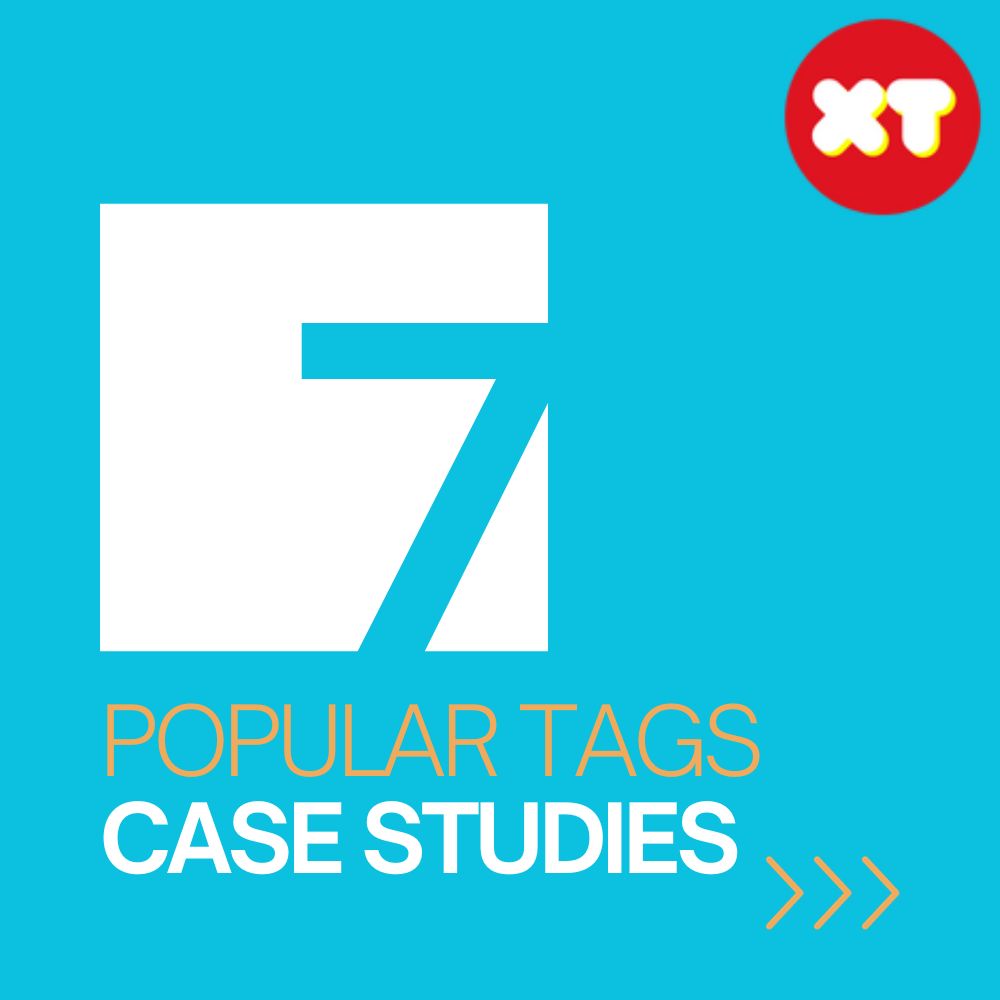
Learning from the experiences of successful artists can provide invaluable insights into effective tagging strategies on Redbubble. Let’s explore case studies that highlight the diverse approaches artists have taken to optimize their tags and achieve notable success on the platform.
Case Study 1: The Niche Maestro
Artist Profile: Emma, an artist specializing in pet portraits.
Tagging Strategy:
- Niche-Centric Tags: Emma focused on highly specific tags related to pet breeds, such as “golden retriever art” and “custom cat portraits.”
- Emotional Appeal: Incorporated tags expressing emotions like “heartwarming pet art” and “joyful pet illustrations” to resonate with pet lovers.
- Localized Tags: Leveraged geographic tags like “custom pet art USA” to attract customers looking for local artists.
Outcome:
Emma’s niche-centric approach not only increased visibility among pet enthusiasts but also positioned her as a go-to artist for custom pet portraits. The emotional appeal in her tags connected with customers on a personal level, leading to a loyal customer base.
Case Study 2: The Trend Tracker
Artist Profile: Alex, a digital artist exploring trending themes.
Tagging Strategy:
- Timely Tags: Constantly updated tags based on current trends, using phrases like “2024 digital art trends” and “current pop culture art.”
- Collaborative Tags: Collaborated with other artists on themed projects and used collaborative tags like “artist collaboration project” to tap into a broader audience.
- Experimental Tags: Occasionally tried unconventional tags to test their impact on visibility and engagement.
Outcome:
Alex’s commitment to staying current with trends and experimenting with tags led to increased visibility. Collaborative projects enhanced their network and brought in new followers, while experimental tags allowed for a dynamic and adaptive tagging strategy.
Case Study 3: The Storytelling Extraordinaire
Artist Profile: Taylor, a fantasy artist specializing in narrative illustrations.
Tagging Strategy:
- Story-Driven Tags: Created tags that reflected the narrative elements of their artwork, such as “fantasy tale illustrations” and “storytelling art.”
- Character-Centric Tags: Emphasized character names and traits in tags to appeal to fans of specific characters or archetypes.
- Event-Specific Tags: For special occasions or events, used tags like “holiday fantasy art” to align with seasonal interests.
Outcome:
Taylor’s storytelling approach, both in their art and tags, created a strong connection with fans who appreciated the narrative depth in their creations. Character-centric tags attracted a fanbase interested in specific characters, leading to increased engagement and sales.
Analyzing these case studies reveals the diversity of tagging strategies that artists employ on Redbubble. Whether focusing on a niche, tracking trends, or telling compelling stories, the key is to align your tags with your artistic identity while remaining adaptable to the evolving landscape of online art markets.
Conclusion
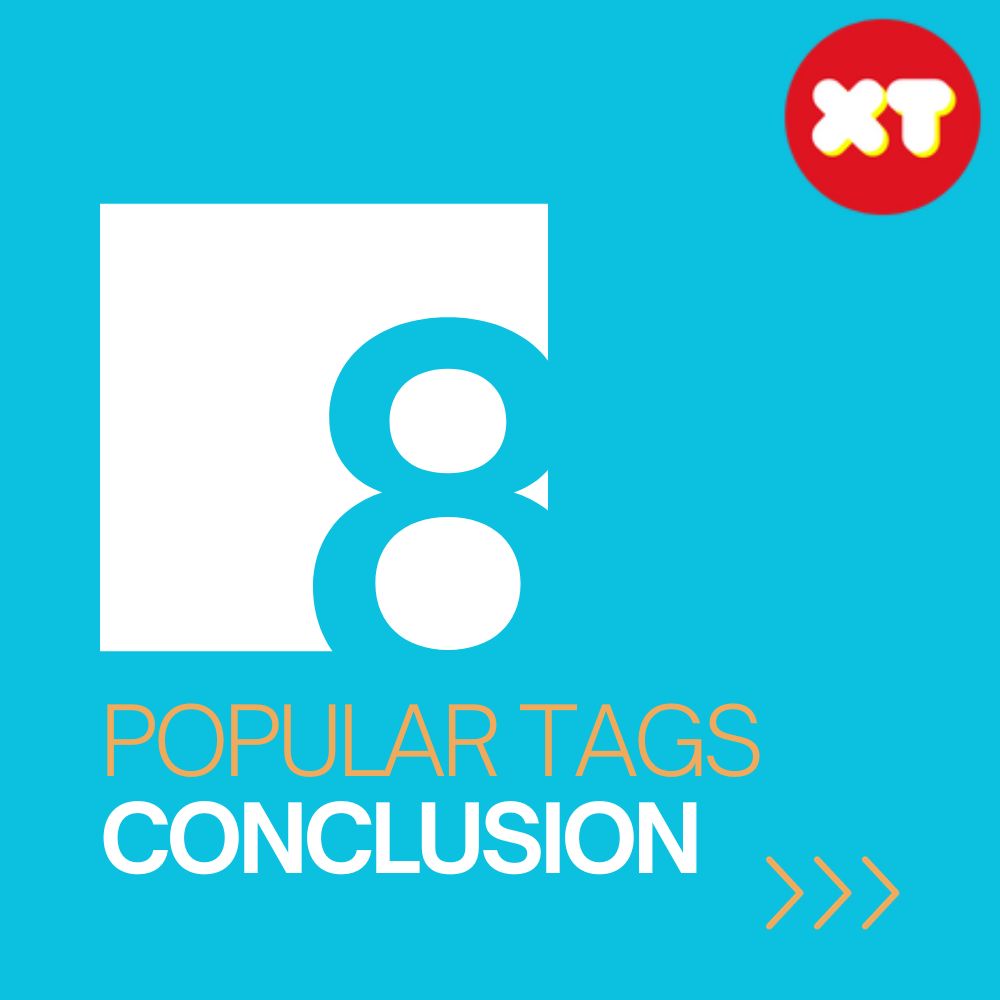
Navigating the world of Redbubble popular tags is a dynamic journey that requires a blend of creativity, strategy, and adaptability. As an artist, your ability to choose the right tags can significantly impact the visibility and success of your creations on this vibrant platform. Throughout this guide, we’ve explored the intricacies of tagging, from understanding the importance of trending keywords to incorporating them seamlessly into your listings.
Remember, success on Redbubble is not just about following trends but also about crafting a unique identity that resonates with your audience. Stay informed about algorithm updates, experiment with different tagging approaches, and continually refine your strategy based on the evolving landscape of the art community.
Now, let’s address some common questions that artists often have when it comes to optimizing their Redbubble tags.
FAQs
- How often should I update my tags on Redbubble?
- It’s advisable to review and update your tags regularly, especially when you notice shifts in trends or changes in your artistic focus. Staying current ensures that your artwork remains relevant and continues to attract the right audience.
- Is it better to use broad or specific tags?
- Striking a balance between broad and specific tags is key. Broad tags increase visibility, while specific tags target a niche audience. Blend popular tags with unique, niche-specific ones to maximize both reach and engagement.
- Can I use the same tags for all my Redbubble products?
- While some tags may apply to multiple products, it’s essential to tailor your tags to the specific characteristics of each artwork. Consider the medium, style, and subject matter to create tags that accurately represent each piece.
- How can I track the performance of my tags on Redbubble?
- Redbubble provides analytics tools that allow you to track the performance of your products. Monitor views, favorites, and sales associated with specific tags. Experiment with variations and assess their impact on engagement.
- Should I prioritize popular tags or niche-specific tags?
- A balanced approach is effective. Popular tags increase visibility, while niche-specific tags cater to a more engaged audience. Experiment with a combination of both to reach a broad audience while still attracting those interested in your specific niche.
In conclusion, mastering the art of Redbubble popular tags is an ongoing process of discovery and adaptation. By implementing the strategies discussed in this guide and learning from successful artists, you’ll be well-equipped to showcase your creativity to the world and thrive in the dynamic landscape of online art markets. Happy tagging!
